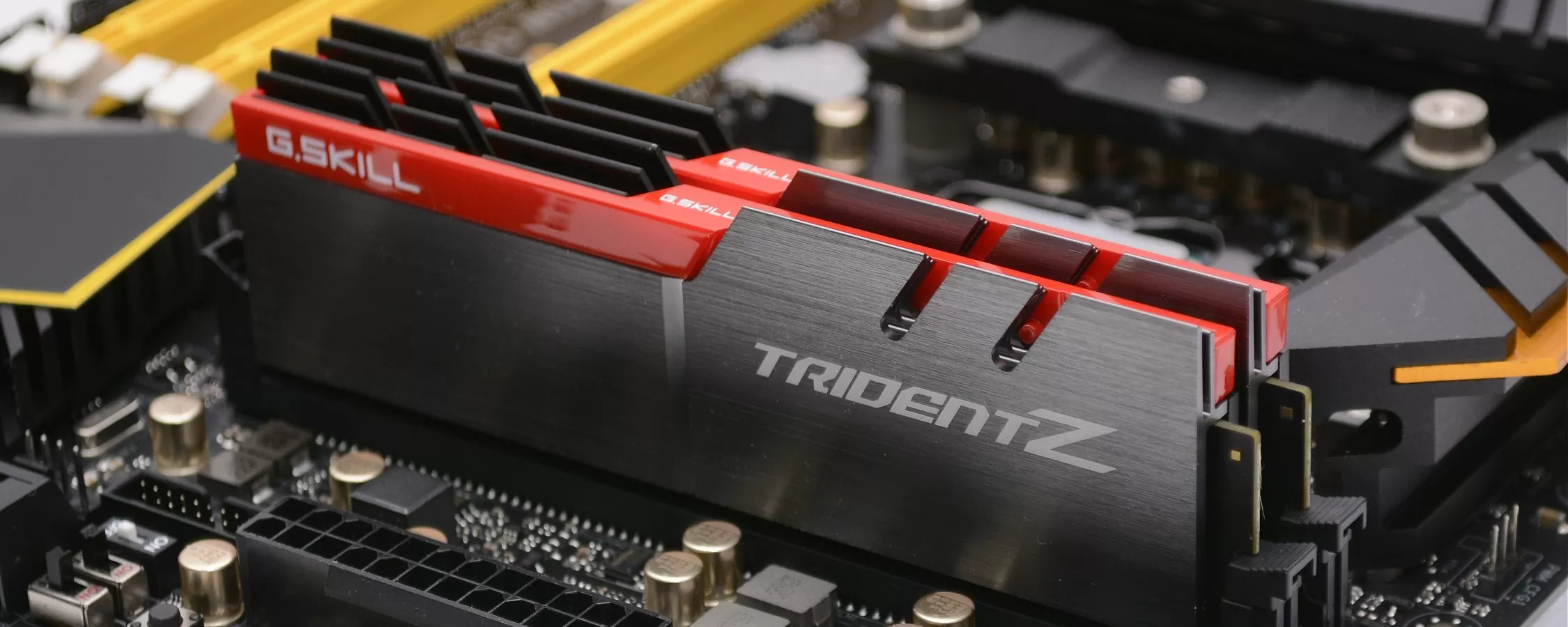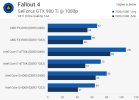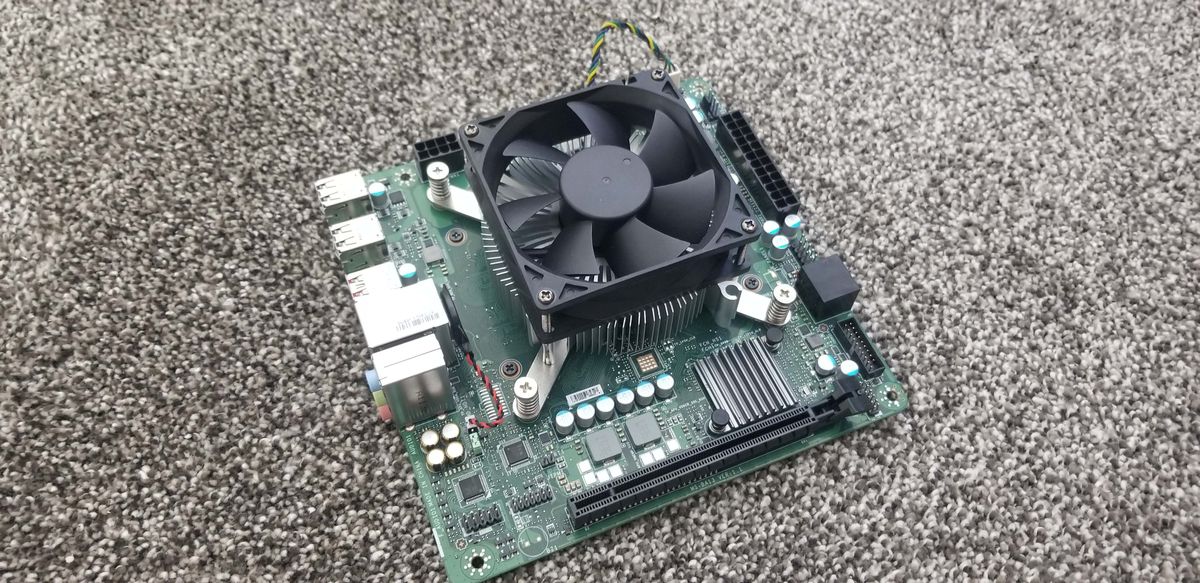Surprising how subtle difference override mode makes
They might look similar at the first glance and on general views, but the more you play with the Overdrive mode, the more often you will notice a difference.
I would separate a few areas where Overdrive RT does make a dramatic difference.
First is the shadowing and lighting from the indirect light sources. Let's take this pair of screens as an example.
Here you can see how direct light hits a darkened corner of a street:
 https://ibb.co/6t01znJ
https://ibb.co/6t01znJ
With probes, there are no additional bounces in this environment.
 https://ibb.co/MRQhbrt
https://ibb.co/MRQhbrt
With per-pixel 2-bounce GI, you can see how the brightly lit corner lights up the environment around it, creating a directional shadowing and lighting setup.
Here is another example where the difference is obvious:
 https://ibb.co/sCFB7Ff
https://ibb.co/sCFB7Ff - probes
 https://ibb.co/0tfpZ38
https://ibb.co/0tfpZ38 - per pixel GI
And a few more examples:
https://ibb.co/ykfSNR4 - probes
https://ibb.co/KGtRjKR - per pixel GI
https://ibb.co/3YjJXmb - probes
https://ibb.co/SR1qYqh - per pixel GI
Another significant area of improvement involves fixed normals and lighting; it seems there are plenty of issues with them in Cyberpunk.
https://ibb.co/bLp8k3T - no RT
https://ibb.co/cbN0fGJ - Overdrive
Yet another major area of improvement stems from specular (reflections) and lighting (GI) occlusion, where light does not leak through objects.
https://ibb.co/fCtG3qt
https://ibb.co/DrNVqkR
Shadows from all light sources in scenes also help with light leaking, thanks to RTXDI.
https://ibb.co/xfPbqsM
https://ibb.co/kH66pW6
And the diffuse lighting from area lights makes a difference too.
https://ibb.co/0GBVMpS
https://ibb.co/09xhVw4
Offscreen reflections, of course, represent another key area of improvement, and they help prevent light leakage as well.
And the last one just for fun)
https://ibb.co/19qtB8r
https://ibb.co/6Bvj9fN
It's interesting how some random character models in the game can be insanely detailed, while others, often including main characters, aren't.











